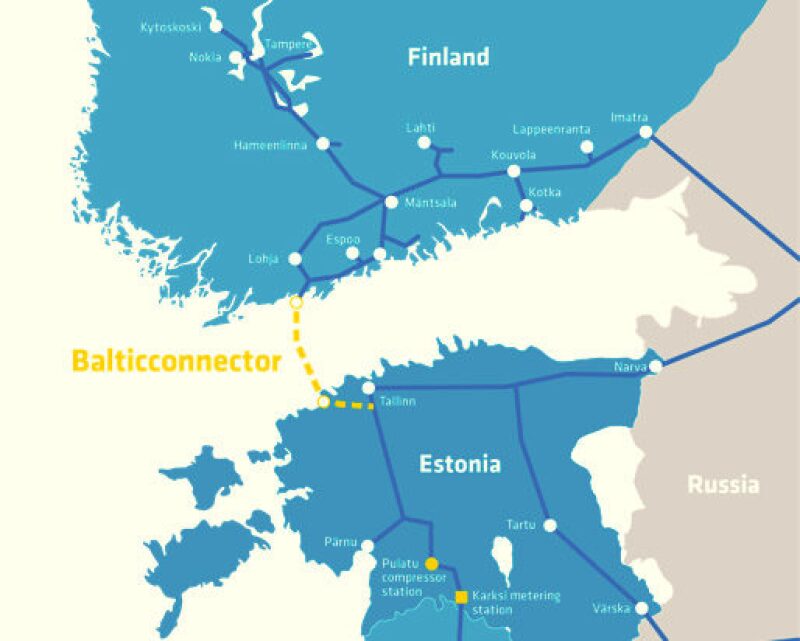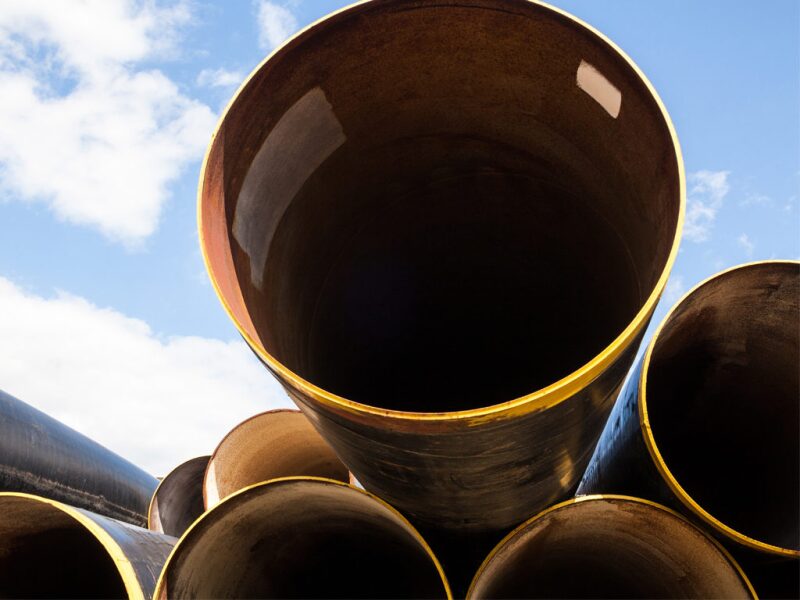Construction has begun on the Balticconnector, a natural gas pipeline in the Gulf of Finland that is expected to play a significant role in the energy strategies of Finland and the European Union. Constructors, consultants, contractors, and other stakeholders celebrated the start of the construction phase with a groundbreaking ceremony at a compressor station worksite in the Finnish coastal town of Inkoo on 8 June.
Scheduled for commissioning in 2020, Balticconnector will connect Finland and Estonia, providing an alternative supply channel for the isolated Finnish gas market and enable the integration of that market and the gas markets of the Baltic states with EU’s common energy market. The project coincides with other projects aimed at improving the gas transmission systems between Estonia and Latvia, and between Poland and Lithuania.
Jyrki Katainen, European Commission vice president for jobs, growth, investment, and competitiveness, said at the ceremony that diversifying supply channels will help Finland and the Baltic states deal with possible supply shortages.
“Balticconnector is a perfect example of the pipeline that unites us,” Katainen said. “Our priority is to ensure that no region in Europe remains isolated. This project stands for European unity, regional cooperation, and regional security and solidarity.”

The Balticconnector gas pipeline is bidirectional, enabling the export of gas products. In a statement, European Commission Minister of the Environment, Energy, and Housing of Finland Kimmo Tiilikainen said, that by creating a framework for using alternative energy sources like liquefied natural gas and biogas, the pipeline could help Finland transition to a lower-carbon energy economy.
“The new pipeline will create more options for purchasing gas and increase the security of natural gas supply. I also hope that the better supply of natural gas will replace other fossil fuels in Finland and help us to reach our climate targets,” Tiilikainen said.
The European Commission is the primary funder of the project, contributing $221 million of its estimated $294.7-million cost. State-owned companies Baltic Connector Oy and Elering will manage the Finnish and Estonia parts of the project, respectively. The offshore pipeline will have a transmission capacity of 254 MMcf/D once operational. According to Baltic Connector Oy, the pipeline will be made of carbon steel with an epoxy-painted interior and an exterior coated with polyethylene. The pipeline’s anticorrosive protection was implemented using fixed anodes.
Onshore pipelines in Finland and Estonia will link the offshore pipeline to existing gas transmission networks in each country. The route will cover 13 miles of onshore pipeline in Finland, 47.8 miles of offshore pipeline, and 34.2 miles of onshore pipeline in Estonia. The gas metering and compressor stations will be located in Inkoo and Kersalu, Estonia.

